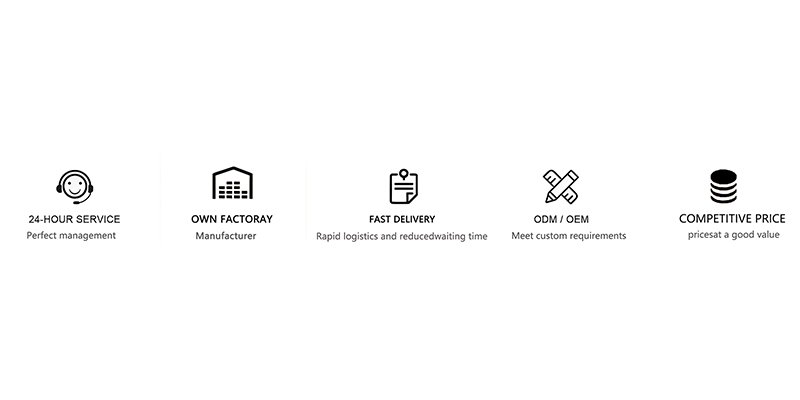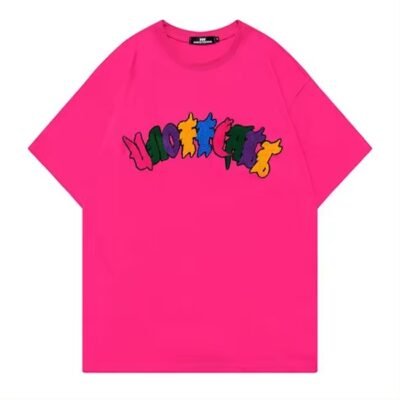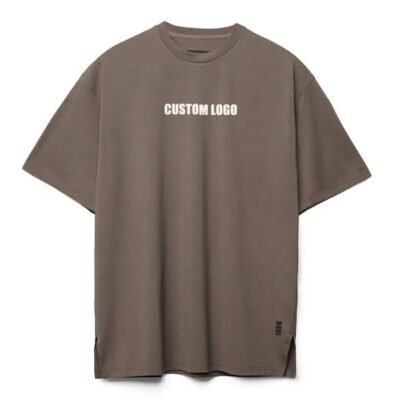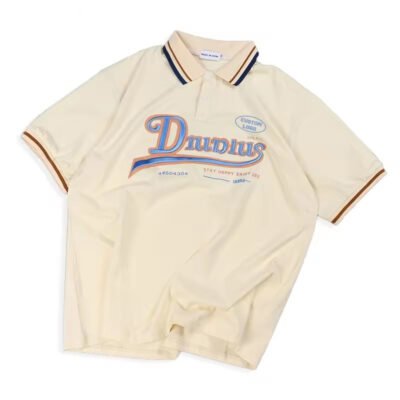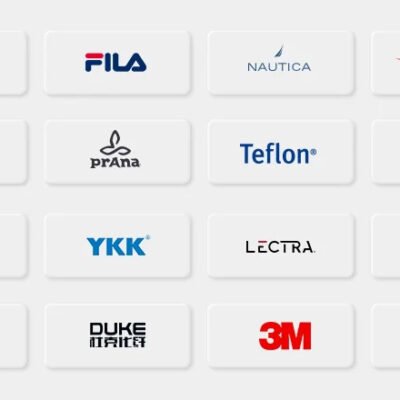T-shirts are one of the most popular garments for customization, whether for personal use, promotional purposes, or brand merchandising. When considering T-shirt printing, one of the first questions that come to mind is, “How much will it cost?” The cost of printing T-shirts can vary widely depending on several factors, including the type of printing method used, the quantity of shirts ordered, the complexity of the design, and other associated costs. This article provides a comprehensive breakdown of the various factors that influence T-shirt printing costs, helping you make informed decisions when planning your printing project.
1. Types of Printing Methods
The printing method chosen is one of the most significant factors affecting the overall cost of T-shirt printing. Here’s a look at the most common printing techniques and how they impact pricing:
- Screen Printing
- Cost Characteristics: Screen printing is ideal for bulk orders because the setup cost is relatively high, but the cost per shirt decreases as the quantity increases. Each color in the design requires a separate screen, so multi-color designs are more expensive.
- Typical Cost: Setup fees can range from $20 to $50 per color, and the cost per shirt can vary from $5 to $10, depending on the number of colors and the order size.
- Direct-to-Garment (DTG) Printing
- Cost Characteristics: DTG printing is more cost-effective for small orders or designs with many colors or intricate details. There are no setup fees, but the cost per shirt is higher compared to screen printing for larger runs.
- Typical Cost: The cost per shirt can range from $10 to $30, depending on the design complexity and quantity.
- Heat Transfer Printing
- Cost Characteristics: Heat transfer printing is cost-effective for small batches and custom designs. The cost increases with the complexity and size of the design.
- Typical Cost: Heat transfer printing costs typically range from $8 to $20 per shirt, depending on the design and order size.
- Sublimation Printing
- Cost Characteristics: Sublimation is generally used for polyester fabrics and is ideal for all-over prints. Costs are higher due to the specialized materials and equipment needed.
- Typical Cost: The cost per shirt ranges from $12 to $30, often depending on the design and quantity.
- Vinyl Cutting
- Cost Characteristics: Vinyl cutting is economical for simple, single-color designs and is often used for custom names and numbers on sports jerseys. Multi-color designs or intricate details increase the cost.
- Typical Cost: Vinyl printing can range from $8 to $15 per shirt.
2. Quantity of T-Shirts
Quantity is a crucial factor in determining the cost of printing T-shirts. Most printing companies offer bulk discounts, meaning the more T-shirts you order, the lower the cost per unit.
- Low Volume (1-10 shirts): For small orders, the cost per shirt is generally higher because setup fees and other fixed costs are spread over fewer units.
- Medium Volume (11-50 shirts): At this volume, the cost per shirt begins to decrease, and screen printing becomes more cost-effective.
- High Volume (50+ shirts): Large orders benefit significantly from bulk pricing, especially with screen printing, where the cost per shirt can drop substantially.
For example, with screen printing, a single shirt might cost $25 when ordering just one, but the cost per shirt could drop to $5 if ordering 100.
3. Number of Colors in the Design
The number of colors in your design directly impacts the cost, especially with screen printing. Each color requires a separate screen, increasing both setup costs and the complexity of the printing process.
- Single-Color Designs: These are the most cost-effective, particularly with screen printing, as only one screen is needed.
- Multi-Color Designs: The cost increases with each additional color. For screen printing, this means more screens and more time, leading to higher prices.
- Full-Color Designs: DTG and sublimation printing handle full-color designs well without significantly increasing costs, making them ideal for detailed or photographic images.
For instance, a one-color screen-printed design might cost $5 per shirt, while a five-color design could cost $10 or more per shirt.
4. Complexity of the Design
The complexity of your design affects both the cost and the choice of printing method:
- Simple Designs: Basic logos or text with few colors are less expensive to print, especially in bulk.
- Intricate Designs: Detailed graphics, gradients, or photographic images require more advanced printing techniques like DTG or sublimation, which can increase costs.
- Size of the Design: Larger designs require more ink and may necessitate special printing techniques, raising the overall cost.
For example, a large, intricate design covering most of the T-shirt will be more expensive than a small logo on the chest.
5. Type of T-Shirt
The cost of the T-shirt itself is another significant factor. The price can vary depending on the brand, material, and style of the shirt.
- Material: Cotton T-shirts are generally less expensive than polyester or specialty blends. However, if you’re using sublimation printing, you’ll need polyester shirts, which are typically more costly.
- Brand: Well-known brands like Gildan, Bella+Canvas, or American Apparel may come at a premium compared to generic brands.
- Style: Specialty T-shirts, such as V-necks, long sleeves, or performance fabrics, are more expensive than standard crew necks.
T-shirt costs can range from as low as $2 for basic cotton tees to $15 or more for premium brands or specialty fabrics.
6. Additional Costs
Several other factors can add to the overall cost of printing T-shirts:
- Artwork Creation: If your design needs to be created or modified, there may be additional fees for graphic design services. These can range from $30 to $100 per hour, depending on the complexity of the work.
- Setup Fees: Some printing companies charge setup fees, especially for screen printing. These fees cover the cost of preparing screens or setting up the printing process and can range from $20 to $50 per color.
- Shipping Costs: If your order needs to be shipped, consider the cost of shipping, which can vary based on the size of the order, distance, and shipping speed.
- Rush Orders: If you need your T-shirts printed quickly, many companies charge rush fees for expedited service. These fees can add 20% to 50% to the total cost, depending on the required turnaround time.
7. Quality vs. Cost
When planning a T-shirt printing project, it’s important to balance cost with quality. Cheaper printing methods might save money upfront but could result in lower-quality prints that fade, crack, or peel over time. On the other hand, investing in higher-quality printing ensures that the T-shirts look great and last longer, which is particularly important for branded merchandise or promotional items.
8. Conclusion
Understanding the various factors that influence T-shirt printing costs is essential for making informed decisions and managing your budget effectively. The printing method, quantity, design complexity, number of colors, type of T-shirt, and additional costs all play a role in determining the final price of your custom T-shirts. By carefully considering these factors, you can choose the right printing process that meets your needs and ensures you get the best value for your money.
Whether you’re printing T-shirts for a small event, a large corporate order, or your own clothing line, taking the time to understand these cost components will help you achieve your desired outcome without unexpected expenses. By balancing quality and cost, you can create custom T-shirts that are both affordable and high-quality, making a lasting impression on those who wear them.


